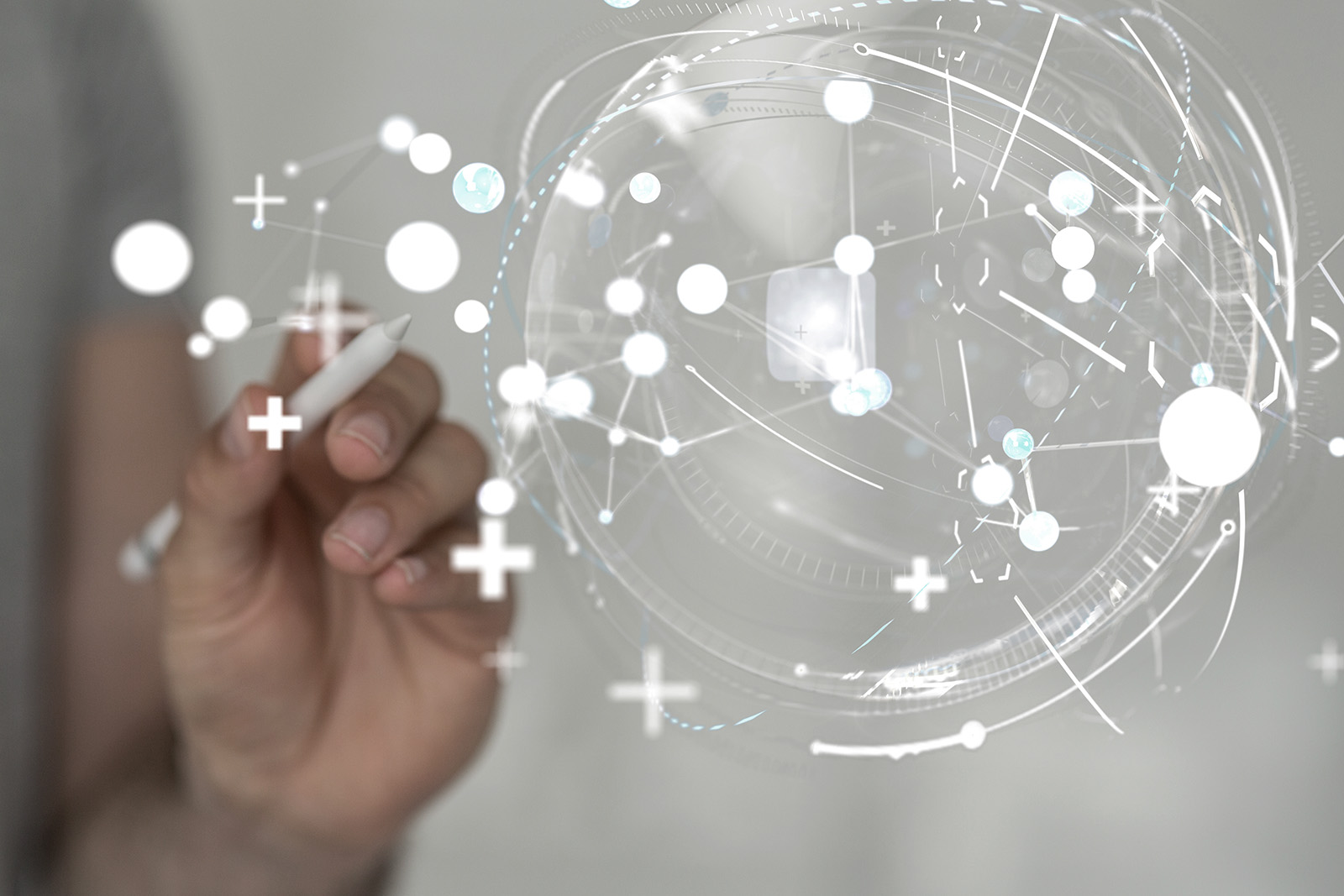
Working Group 2:
Language and law
Law is ‘carried’ by language; legal institutions are expressed and legal rules encoded in words. Legal rules and concepts are also closely connected to social norms, resulting in different legal orders even where legal communities share a language. Automation has risen swiftly in the legal profession over recent years: smart contracts, due diligence enhanced by NLP, etc. MT may soon allow fully automated smart contracts and legal decisions, in several languages. However, this raises problems of equivalence including the possibility that future MT may enable such high congruity of parallel drafting that ‘authentic versions’ of laws (in one language) are negated. Also salient is the ambiguous ‘human-machine’ aspect of MT supporting the EU Court of Justice to compare 24 language versions (current practice) – ‘who’ (or what) is therefore the ultimate arbiter? Next, how might ‘robot lawyers’ disrupt and reshape the interactional fabric of the legal profession? How could that in turn affect the dynamic of courtrooms, including for example cultural and linguistic bias? These questions relate to overarching themes of the blurring border between human and machine, which WG2 seeks to explore.
Automation has risen swiftly in the legal profession over recent years: smart contracts, due diligence enhanced by NLP, etc. (Simon et al 2018). MT may soon allow fully automated smart contracts and legal decisions, in several languages. However, this raises problems of equivalence, which WG2 would monitor.
Further issues for WG2 would include the possibility that future MT may enable such high congruity of parallel drafting that ‘authentic versions’ of laws (in one language) are negated. Also salient is the ambiguous ‘human-machine’ aspect of MT supporting the EU Court of Justice to compare 24 language versions (current practice) – ‘who’ (or what) is therefore the ultimate arbiter? Next, how might ‘robot lawyers’ disrupt and reshape the interactional fabric of the legal profession? How could that in turn affect the dynamic of courtrooms, including for example cultural and linguistic bias? Again, these relate to overarching themes of the blurring border between human and machine, and would be developed further with WG1’s forecasts.
Emerging language technologies not only affect the legal profession but also illicit activity. A further interest would be to think beyond current online monitoring of terrorist schemes, illegal drug trade, etc. to detection of new forms of identity theft, phishing and cyberwarfare enabled by mobile emerging technologies. WG2 would also be concerned as to whether the outputs of highly mobile, integrated MT are protected by copyright law, and whose rights are protected (author, software provider, etc.) (cf. Moorkens & Lewis 2019). Again, it is the mobile pervasiveness of the technology that so fundamentally challenges these concepts. Such issues would be relayed to technology developers
Keywords:
smart law offices, machine translation of legal texts, liability for machine translation, lawtech, legal tech
WG chairs:

Dorka Balogh
balogh.dorka [ a t ] jak.ppke.hu

Gerencsér Balázs Szabolcs
gerencser.balazs [ a t ] jak.ppke.hu

Fernando Prieto Ramos
Fernando.Prieto [ a t ] unige.ch
